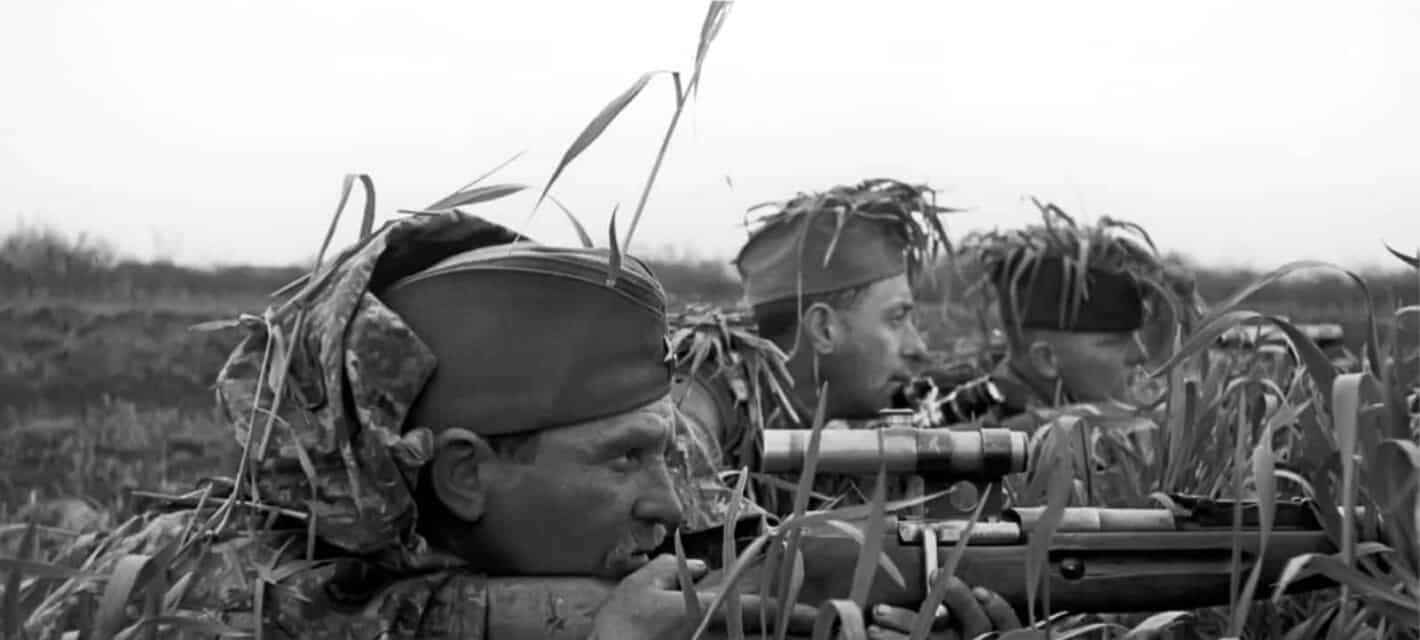Snipers during WWII were despised by both sides. If a sniper was captured as a POW, his imprisonment would likely be miserable, if he was kept alive at all. Many snipers were able to rack up big kills, but a vast number did not survive the war themselves. The optics for snipers were still in development and many countries like the United States did not have a dedicated sniper program.
Only a few countries, namely Russia and Germany, had programs geared toward training snipers. That is why most of the snipers on the list are from Russia, because they not only had a training program but they allowed women to be snipers. The Russians believed that the soft touch of a woman made them better snipers and that was proven, as there are several Russian women who are recognized as heroes for their efforts and kills during the war.

Simo Hayha
Simo Hayha is a legend among snipers and was referred to by the Red Army as the “White Death.” He goes down in history as the sniper with the most confirmed kills at 505, but some say that his actual number could be over 700. What makes his story even more remarkable is that he accomplished this feat of marksmanship in only 100 days during the time of the year when there are very few daylight hours in Finland.
When the Soviet Union invaded Finland on November 30, 1939, Hayha was called up to join the fight. He joined the 6th Company of JR 34 and served in the Battle of Kollaa. At the battle, temperatures were as low as -40 degrees Fahrenheit, and Hayha kept warm in white camouflage. The Soviets were not issued camouflage and therefore it was easy for Hayha to pick them off. It was during this battle that he racked up the majority of his confirmed sniper kills but he also utilized an SMG. When using an SMG his kills were not counted and that is why many people believe that his kill count could be as high as 800.
Hayha used an M/28-30 that was more comfortable for him with his smaller stature. He used iron sights so that he could keep his head lower and be more concealed. He would put snow in front of his position in order to provide padding for his rifle and it had the benefit of providing cover and stopping the puff of snow that would typically be stirred up by a muzzle blast. Some accounts say that he would keep snow in his mouth to stop his breath from giving away his position.
The Soviets sent their own snipers and even artillery strikes to try and kill the “White Death.” On March 6, 1940, they nearly succeeded when an explosive bullet took off his lower left jaw. He survived but it took years to recover.

